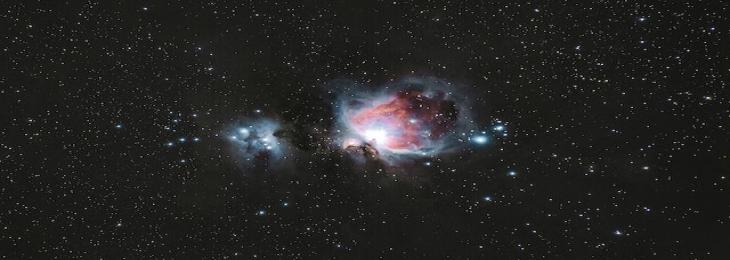
A new viewpoint on the Tarantula Nebula, also known as 30 Doradus, is provided by NASA's James Webb Space Telescope.
This area is well-known to astronomers who research star formation. Its likeness to the spider gave rise to its moniker. Nevertheless, in Webb's opinion, the entire area resembles a tarantula's home—a tunnel coated with its own spun silk. Thousands of young, still-forming stars may be seen in the Tarantula Nebula, many of which were discovered by Webb for the first time.
Together, a variety of Webb's high-resolution infrared instruments display the nebula's stars, structure, and composition in unprecedented detail. Webb will be used by astronomers for the duration of its mission to learn more about star formation and the stellar lifetime. This has consequences for the production of the heavy chemical components necessary for life as we know it as well as for our own star, the Sun.
Webb concentrates on the region surrounding the primary star cluster in the longer wavelengths of light acquired by its Mid-Infrared Instrument (MIRI), which provides a radically different perspective of the Tarantula Nebula. The young, blazing stars of the cluster begin to lose their brightness in this light, revealing glowing gas and dust in their place. The dust clouds, depicted in blue and purple, are illuminated by an abundance of hydrocarbons. Mid-infrared light can reveal more of what is happening deeper inside the clouds, giving the nebula in general a more ghostly, hazy aspect. The very top border of the picture, to the left of centre, is a brilliant clump of still-embedded protostars that are visible within their dusty cocoons.
Darkness can be seen in other places, such as the image's lower-right corner. This denotes the parts of the nebula's dust that are the densest and which even mid-infrared wavelengths barely reach. These might be the locations of present or future star formation.






